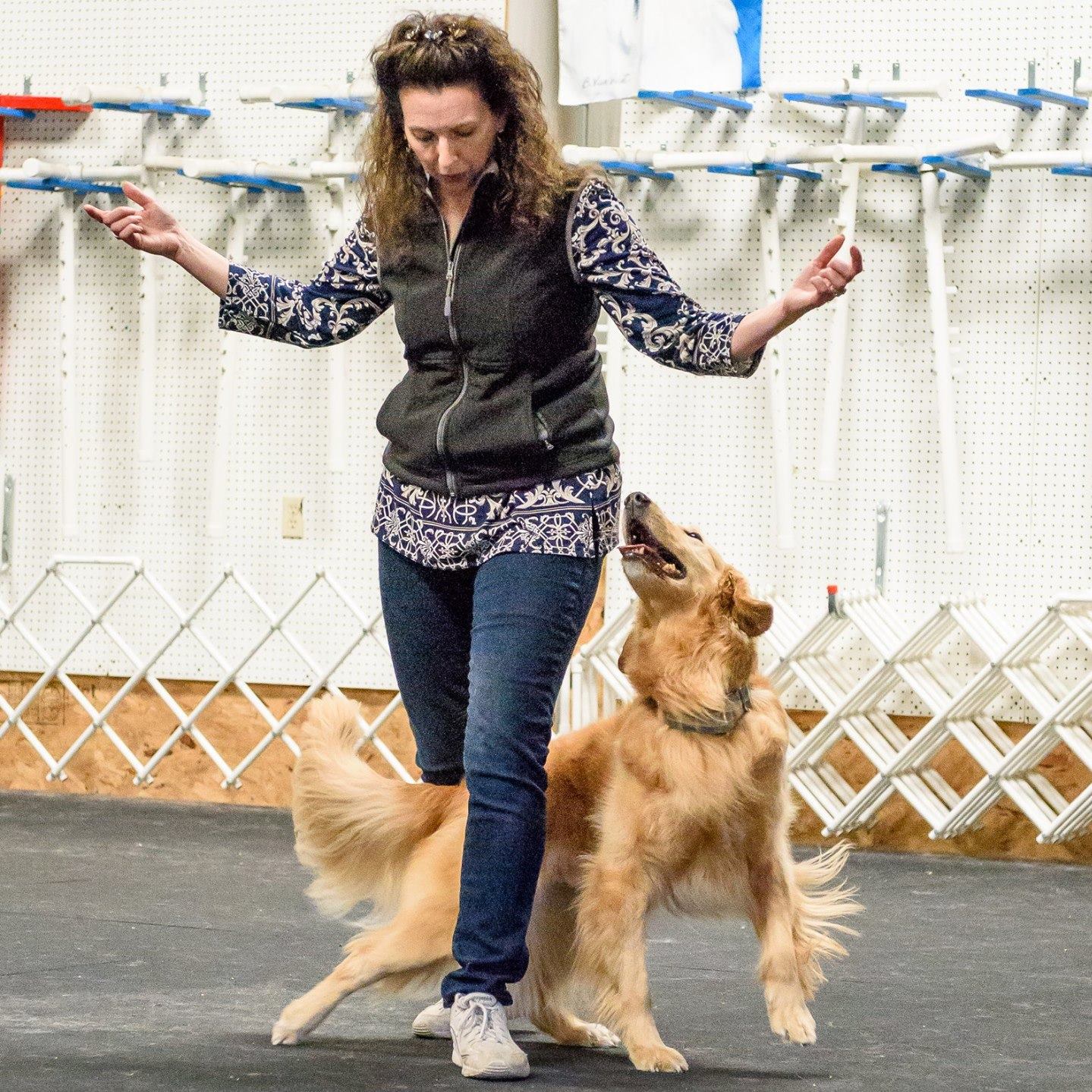Have you ever wanted to train an animal that was ‘not food motivated’?
This challenge is something I have often heard people tell me over the years! And I always think to myself “does your animal eat?” If the answer is ‘yes’ then I’m curious if we are able to say it’s not food motivated. An alternative way to describe these animals could be to say ‘they’re potentially not motivated by the kind of food you are offering and/or the context you are offering it under!’
Huh ?!? ?- “Ryan what the heck does that mean?” lol … Below are some offerings for you to ‘chew’ over & I would love to hear what you think about them.

1) Is there an underlying medical issue you don’t know about!
Regardless of what behavioural intervention and/or training we might be doing for our animal, checking that they are in good health is always step number one. Book an appointment with your vet to get their expert opinion.
Also, consider specific veterinarian subject matter experts that might focus on certain physiological areas of our animals health – for example a gastro expert (it could be possible for health issues to be missed, especially if you consider rarer conditions)
2) Is your animal just not eating in your presence?
What happens if you leave the food there and walk away? Does the animal eventually eat it? Does the latency (time it takes) of the animal to come and get the food decrease over time?
This might happen if we are working with a fearful, nervous, aroused or anxious animal. (Note: what the observable behaviors are that aid us in hypothesising how our animals are feeling can vary significantly between animals and contexts).
You can learn how to work with an animal that might not eat in your presence in this podcast episode here (Listen in around the 34 minute mark) >>> https://animaltrainingacademy.com/podcast/training-tidbits/erin-davidson/
In this situation you could also potentially try a remote feeder such as a manners minder or put tutor. Or present the food on a long stick and/or pair of tongs?
3) Have you tried to use food in different contexts?
There are always competing reinforcers on offer in our animals environment. Consequently, trying to use food for training in a less distracting environment could be a great place to start.
For example your dog might readily take food at home but not out at the dog park!
If this is a situation you are experiencing – implementing a training plan that slowly increases more and more distractions over time is something to consider.
4) Have you reached out and asked your network for their thoughts and input?
This can often lead to new ideas and thoughts. My recommendation is to ensure that you find a tribe of people that you trust and you know share the same values and ethics as you. Whenever I have a problem I always ask ATA members in the ATA premium membership community areas ? (members only FB group and website forums).
5) How are you presenting the food?
I’ve heard some people tell me that their animal won’t eat if they try to hand feed them – however if they throw the food and the animal gets to chase it then it will eat it!
Maybe offering the food in a different way might yield different results? ?
6) Can you use not food reinforcers to motivate your animal?
Maybe you don’t even need to worry about motivating your animal with food and they will readily work for other non food related reinforcers. What have you tried so far?
7) Are you leveraging motivation operatives to your advantage?
Examine your animals diet, daily routine and eating habits.
Regarding the food item you are attempting to use as a reinforcer; Does your animal have access to this at other times of the day? If so, how much and how often? Possibly by examining your animals daily access to specific high valued food items, (for example only making them available during training and/or select periods of time) we can make these items seem more valuable & consequently increase motivation to work for them.
I’m not saying you have to give your animals less of a particular item just suggesting a possible review of where and for how long your animals have access to specific high valued items.
8) Offer variability.
How many different food items are you offering your animal? Maybe by adding a lot more variability to what you are trying to offer you will see an increase in motivation? Or you might just find a food item that your animal goes nuts for!
You can even get your animal to choose what reinforcer they want by teaching them to pick! I have seen this done really well with animals being able to point to food items they wanted – from a selection offered in front of them.
9) Have you collected actual data on your animals?
It’s possible that sometimes we tell ourselves stories that are more based on how we feel about our animals and situations then raw hard facts! This is something I learned recently in an amazing ATA members only web-class where we were super lucky to have Dr. Eduardo Fernandez join us to talk about Being Evidence-Based with your Animals: Using Data to Optimize Animal Training & Welfare.
If you want access to the full web-class replay click here for your exclusive ATA trial membership >>> https://animaltrainingacademy.com/2019-membership-trial/
You can also listen to a free podcast about using data to make decisions with Dr Fernandez here >>> https://animaltrainingacademy.com/podcast/training-tidbits/eduardo-fernandez/
This is by no means an exhaustive list of options and ideas that cover every situation but hopefully it can help you brainstorm if this is a challenge you come across. And if you think I can build on this list please post your ideas and suggestions in the comment section below – I can’t wait to hear them!
Best Regards
Ryan Cartlidge
Animal Training Academy

 I remember when I first started recording this podcast. At that time I thought to myself 100 episodes seemed like a nice number to try and achieve and 3 and a half years later – here we are!
I remember when I first started recording this podcast. At that time I thought to myself 100 episodes seemed like a nice number to try and achieve and 3 and a half years later – here we are!



 Pamela Clark Bio
Pamela Clark Bio Podcast outline
Podcast outline Tim Sullivan Bio
Tim Sullivan Bio Patrica McConnell Bio
Patrica McConnell Bio Podcast outline
Podcast outline


 Erin Davidson bio
Erin Davidson bio
 Nancy Tucker Bio
Nancy Tucker Bio Dr. Eduardo Fernandez Bio
Dr. Eduardo Fernandez Bio


 Kathy Sdao Bio
Kathy Sdao Bio



 Petra Edwards Bio
Petra Edwards Bio



 Eva Bertilsson – Bio
Eva Bertilsson – Bio





 Dr Robert Hewings bio
Dr Robert Hewings bio Michelle Skurski Bio
Michelle Skurski Bio Agnieszka Janarek Bio
Agnieszka Janarek Bio Lindsay Wood Brown Bio
Lindsay Wood Brown Bio Jean is the founder and principal instructor of The Academy for Dog Trainers. The Academy is celebrating its twentieth anniversary in 2019. She is a four-time winner of The Dog Writers’ Association of America’s Maxwell Award. In 2017, Jean was recruited to create Dog Training 101 for The Great Courses.
Jean is the founder and principal instructor of The Academy for Dog Trainers. The Academy is celebrating its twentieth anniversary in 2019. She is a four-time winner of The Dog Writers’ Association of America’s Maxwell Award. In 2017, Jean was recruited to create Dog Training 101 for The Great Courses. Hannah Wiggs is the Team Leader of Reptiles and Logistics at Moonlit Sanctuary, in Victoria, Australia. Whilst she grew up with a respect for animals and the environment, she only realised her desire to work directly with them post- high school, and indeed after dropping out of an unrelated university degree.
Hannah Wiggs is the Team Leader of Reptiles and Logistics at Moonlit Sanctuary, in Victoria, Australia. Whilst she grew up with a respect for animals and the environment, she only realised her desire to work directly with them post- high school, and indeed after dropping out of an unrelated university degree. Laura Ryder – Bio
Laura Ryder – Bio Ken Ramirez Bio
Ken Ramirez Bio Since 2005, Ken has brought his experience as a trainer of many cognitive projects with marine mammals and primates to the dog arena. Most notable has been his work with modifier cues, adduction, matching to sample, mimicry, and counting. The latter two projects: teaching dogs to mimic or imitate other dogs; and to learn the concept of counting are in the process of being prepared for scientific publication. Both of these projects have documented cognitive abilities in dogs that have not been previously well reported or understood.
Since 2005, Ken has brought his experience as a trainer of many cognitive projects with marine mammals and primates to the dog arena. Most notable has been his work with modifier cues, adduction, matching to sample, mimicry, and counting. The latter two projects: teaching dogs to mimic or imitate other dogs; and to learn the concept of counting are in the process of being prepared for scientific publication. Both of these projects have documented cognitive abilities in dogs that have not been previously well reported or understood. Sabrina Brando – Bio
Sabrina Brando – Bio
 Joan Orr Bio
Joan Orr Bio Lori Nanan Bio
Lori Nanan Bio Alexandra Kurland Bio
Alexandra Kurland Bio Lynn Webb (M.A., KPA CTP, CTMT) Bio
Lynn Webb (M.A., KPA CTP, CTMT) Bio A plan was made to build a huge complex, where all birds are housed in big aviaries with direct entrance to the demonstration area.
A plan was made to build a huge complex, where all birds are housed in big aviaries with direct entrance to the demonstration area. We gave this presentation at the IMATA conference 2018 in Portugal. We received an award for second best presentation in the Conservation and Education Category. Which we really appreciated. It is a physical compliment for all the work we did.
We gave this presentation at the IMATA conference 2018 in Portugal. We received an award for second best presentation in the Conservation and Education Category. Which we really appreciated. It is a physical compliment for all the work we did. We started with explaining them positive reinforcement training. The benefits, the use of the bridge and the way we start training new behaviors. We did this in a theoretical course. Most of them understood this theoretical course, but we still had to change their way of working with animals.
We started with explaining them positive reinforcement training. The benefits, the use of the bridge and the way we start training new behaviors. We did this in a theoretical course. Most of them understood this theoretical course, but we still had to change their way of working with animals. Even now, after almost a year, still not all volunteers get the part of not showing the food. Or they think they are hiding the food, but it still can be seen… They are so used to that, it is very hard to change that habit. Even the use of the whistle was something that was hard to change. One of the reasons why we bought a new whistle. Just to break the habit.
Even now, after almost a year, still not all volunteers get the part of not showing the food. Or they think they are hiding the food, but it still can be seen… They are so used to that, it is very hard to change that habit. Even the use of the whistle was something that was hard to change. One of the reasons why we bought a new whistle. Just to break the habit.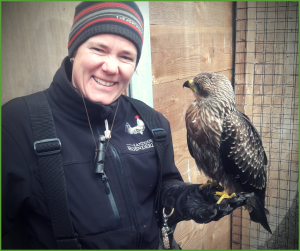 About the Author – ATA member Saskia Verbruggen
About the Author – ATA member Saskia Verbruggen Geoff Flemming bio
Geoff Flemming bio Leslie McDevitt Bio
Leslie McDevitt Bio Arianna Bailey Bio
Arianna Bailey Bio Dr. Vanessa Rolhf Bio
Dr. Vanessa Rolhf Bio Nick Benger – Bio
Nick Benger – Bio Sarah Dixon Bio
Sarah Dixon Bio Steve White Bio
Steve White Bio Niki Tudge Bio
Niki Tudge Bio Peggy Hogan Bio
Peggy Hogan Bio Malena DeMartini Bio
Malena DeMartini Bio Ryan O’Donnell Bio
Ryan O’Donnell Bio
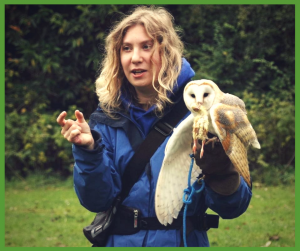 ABOUT THE AUTHOR – ATA member Libby Cooper
ABOUT THE AUTHOR – ATA member Libby Cooper
 Grisha Stewart Bio
Grisha Stewart Bio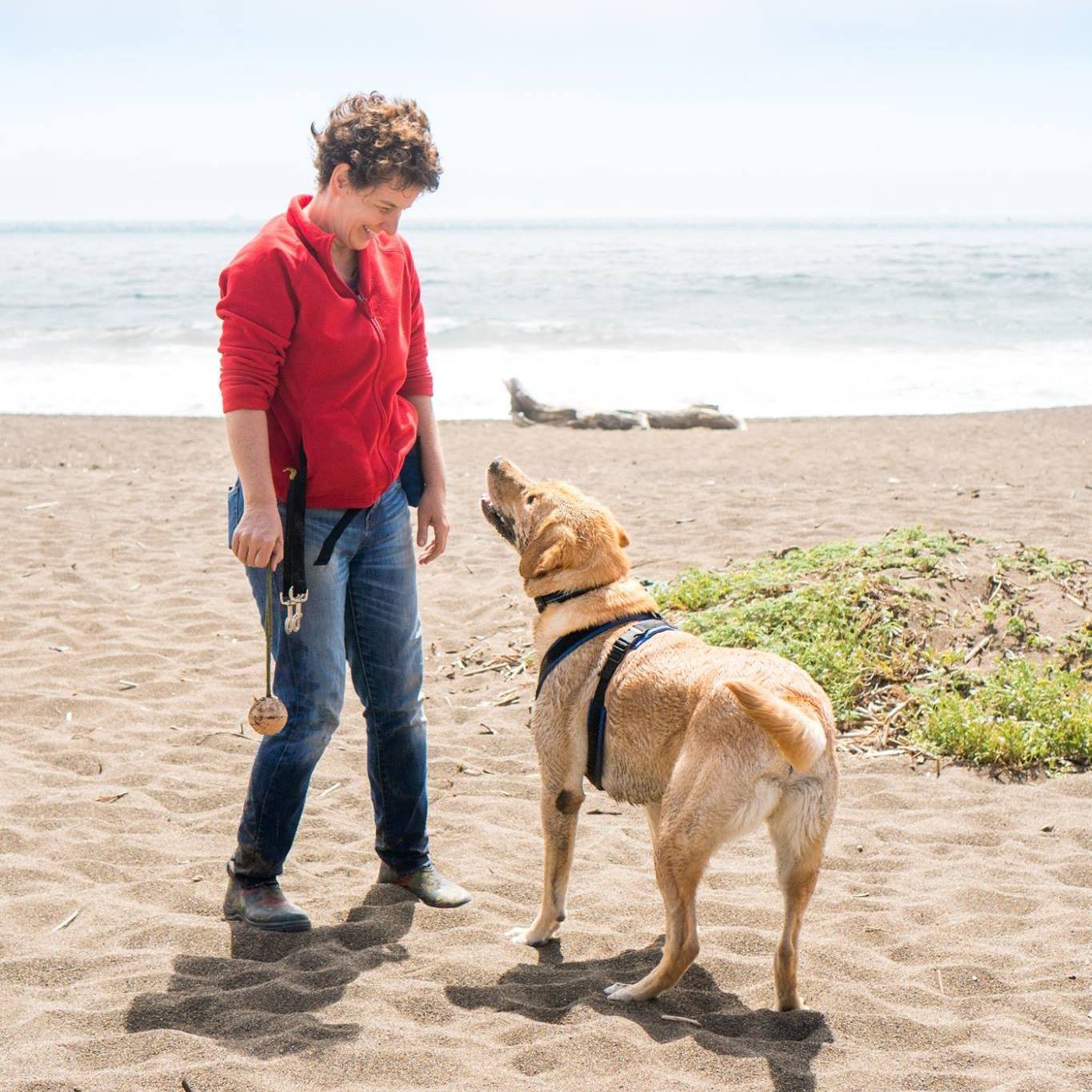
 Sarah Owings Bio
Sarah Owings Bio Annette Pederson Bio
Annette Pederson Bio Since 2008 Annette’s job has been to develop slash expand the training skills of the keepers at Copenhagen Zoo, as well as daily problem solving and behavior management with a variety of species and challenges.
Since 2008 Annette’s job has been to develop slash expand the training skills of the keepers at Copenhagen Zoo, as well as daily problem solving and behavior management with a variety of species and challenges. Michael Shikashio
Michael Shikashio Dr. Chris Pachel
Dr. Chris Pachel ABOUT THE AUTHOR – ATA member Sarah Ripley
ABOUT THE AUTHOR – ATA member Sarah Ripley Peta Clarke Bio
Peta Clarke Bio Linda qualified as a veterinary nurse in 2002 from general practice. She then worked at 2 world-leading university referral hospitals, obtaining the Diploma in Advanced Veterinary Nursing (Medical) in 2005; & in 2009, became a Veterinary Technician Specialist in Oncology, and a member of the Academy of Internal Medicine for Veterinary Technicians.
Linda qualified as a veterinary nurse in 2002 from general practice. She then worked at 2 world-leading university referral hospitals, obtaining the Diploma in Advanced Veterinary Nursing (Medical) in 2005; & in 2009, became a Veterinary Technician Specialist in Oncology, and a member of the Academy of Internal Medicine for Veterinary Technicians.
 ABOUT THE AUTHOR – ATA Member Josefin Linderström
ABOUT THE AUTHOR – ATA Member Josefin Linderström Laura Monaco Torelli Bio
Laura Monaco Torelli Bio Susan Schneider Bio
Susan Schneider Bio Sylvia Czarnecki Bio
Sylvia Czarnecki Bio Denise Fenzi – Bio
Denise Fenzi – Bio
 Sam Turner Bio
Sam Turner Bio and proprioception training in different countries (Scotland, England, Belgium, Denmark, Iceland, France, The Netherlands and Australia). In June 2016 she was a speaker at the IMDT (Institute for Modern Dog Trainers) conference for dog trainers and dog behaviorist’s and she has just returned from the Animal Training Symposium in Perth, Australia where she was a speaker.
and proprioception training in different countries (Scotland, England, Belgium, Denmark, Iceland, France, The Netherlands and Australia). In June 2016 she was a speaker at the IMDT (Institute for Modern Dog Trainers) conference for dog trainers and dog behaviorist’s and she has just returned from the Animal Training Symposium in Perth, Australia where she was a speaker. Veronica Boutelle Bio
Veronica Boutelle Bio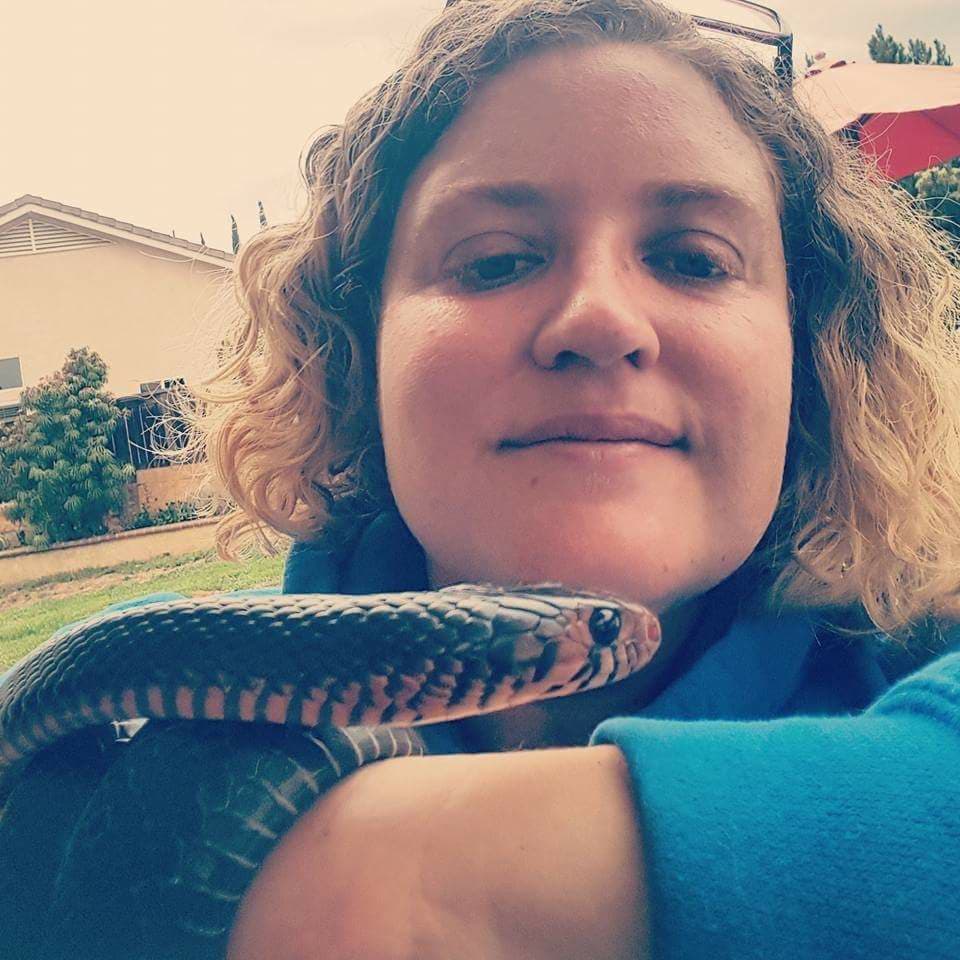
 Carrie Kish Bio
Carrie Kish Bio Jim Mackie Bio
Jim Mackie Bio Norwegian dog trainer Morten Egtvedt and his wife Cecilie Køste have written three best-selling books about clicker training. They have also published the Nordic dog magazine “Canis” for exactly twenty years this winter. They are the owners of Canis Clickertraining Academy (the leading clicker training dog school in the Nordic countries). They have personally trained more 200 new clicker training instructors in Norway, Sweden, Denmark and Finland since 2003 through their now famous clicker instructor course. Morten has trained dogs mostly for high-level obedience and working dog competitions. He has also trained dogs for search and rescue and for military service for many years. He is a trained biologist with a degree in ethology, but he has always been much more interested in applied behavior analysis than ethology when it comes to practical dog training.
Norwegian dog trainer Morten Egtvedt and his wife Cecilie Køste have written three best-selling books about clicker training. They have also published the Nordic dog magazine “Canis” for exactly twenty years this winter. They are the owners of Canis Clickertraining Academy (the leading clicker training dog school in the Nordic countries). They have personally trained more 200 new clicker training instructors in Norway, Sweden, Denmark and Finland since 2003 through their now famous clicker instructor course. Morten has trained dogs mostly for high-level obedience and working dog competitions. He has also trained dogs for search and rescue and for military service for many years. He is a trained biologist with a degree in ethology, but he has always been much more interested in applied behavior analysis than ethology when it comes to practical dog training. Chirag Patel Bio
Chirag Patel Bio Mark Kingston Jones Bio
Mark Kingston Jones Bio Eva Bertilsson – Bio
Eva Bertilsson – Bio
 Margaret Rousser – Bio
Margaret Rousser – Bio Kirstin Anderson Hansen Bio
Kirstin Anderson Hansen Bio offered a trainer position at the Fjord and Baelt in Denmark, training harbor porpoises and harbor seals for research and public demonstrations. From 2003 to 2013, she was the training coordinator and zoological curator at Odense Zoo, where she had the opportunity to expand her training experience to all types of animals, including lions, tigers, giraffes, tapirs, birds, and manatees.
offered a trainer position at the Fjord and Baelt in Denmark, training harbor porpoises and harbor seals for research and public demonstrations. From 2003 to 2013, she was the training coordinator and zoological curator at Odense Zoo, where she had the opportunity to expand her training experience to all types of animals, including lions, tigers, giraffes, tapirs, birds, and manatees. Haylee joined APOPO – landmine and tuberculosis detection rats in April 2015 after receiving her Master’s degree in behavioral psychology, focusing on animal detection learning and technology. She also holds a certificate in veterinary nursing, and previous research includes behavioral ethology, welfare, and human-animal interactions. She is currently completing her Ph.D. through Waikato University, New Zealand, in collaboration with APOPO. Her research focuses on investigating variables that affect rat detection accuracy and learning.
Haylee joined APOPO – landmine and tuberculosis detection rats in April 2015 after receiving her Master’s degree in behavioral psychology, focusing on animal detection learning and technology. She also holds a certificate in veterinary nursing, and previous research includes behavioral ethology, welfare, and human-animal interactions. She is currently completing her Ph.D. through Waikato University, New Zealand, in collaboration with APOPO. Her research focuses on investigating variables that affect rat detection accuracy and learning.